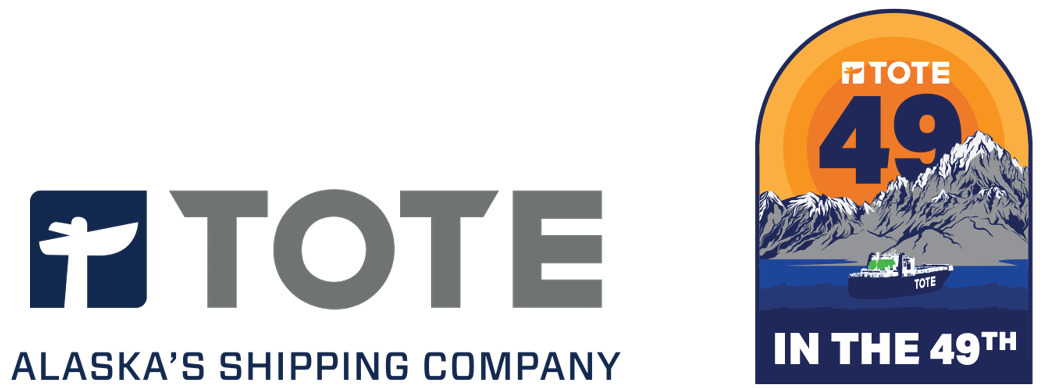Contents
Features
Inclusion for Fairer Banking
Removing obstacles to access financial services
Alaska’s Legal Elite
Your guide to some of Alaska’s Top Legal Professionals
Inclusion for Fairer Banking
Removing obstacles to access financial services
Alaska’s Legal Elite
Your guide to some of Alaska’s Top Legal Professionals
Quick Reads
Geothermal grid power seems closer than ever
Paul Craig | GeoAlaska
Cordova data center sparks renewable energy demand
Chelsea Haisman
Cordova data center sparks renewable energy demand
Chelsea Haisman
Geothermal grid power seems closer than ever
Paul Craig | GeoAlaska
About The Cover
Enter Sam Enoka. Raised in North Pole, Enoka is the founder of California-based Greensparc, a company that developed modular, scalable computing centers. As told in this month’s article “Virtuous Circuit,” siting a distributed data server in Cordova solves Koplin’s electricity surplus problem while putting advanced cloud-based technology microseconds away from Alaskan users.

From the Editor
he big news for Alaska as I write this in early July is the Record of Decision of No-Action for the Ambler Access Road, and thus the Ambler projects. While on its face this news is about mining and transportation, to me it is closely tied to the legal and energy themes of this issue.
On the energy front, every major remote project in Alaska has at least two major obstacles in common: how to get power in and how to get the resource out. Both require the development of infrastructure, which is expensive to build and maintain.
On the legal side, the Ambler projects (and projects like them) are a magnet for lawsuits. While some stakeholders in the region are relieved that this road has reached an apparent dead end, others are incensed that the federal government has once again put halt to a project that does have some local support and despite the fact that access to this area is addressed in the Alaska National Interest Lands Conservation Act. Some say denying access is a violation of federal law, and I’m sure lawsuits will follow asserting that belief. Then again, had any version of the access road been approved, there also would have been lawsuits in the project’s future. If anyone were to go mining for lawsuits, Alaska is the place to do it.

Volume 40, #8
Billie Martin
press@akbizmag.com
Postmaster:
Send address changes to
Alaska Business
501 W. Northern Lights Blvd. #100
Anchorage, AK 99503


Northbound 800.426.0074 | Southbound 800.234.8683
laska is bursting with more energy than it can handle, yet accessing it remains a challenge. A community may sit at the foot of a volcano without being able to tap its heat or watch the raw power of a river just flow by. High energy costs stand in the way not just of small communities but major projects that would pencil out easily in any other part of the world yet teeter in the balance in remote Alaska.
Alaskans address these challenges head on to unlock the state’s vast energy potential. When the people of this state are fully powered, who knows what they might accomplish next.

he Railbelt has no redundancy.
“If we have a power problem in Anchorage and the line to Fairbanks goes down, we don’t have a Plan B,” says Curtis W. Thayer, executive director of the Alaska Energy Authority (AEA).
In the past, natural disasters have forced parts of the electricity transmission grid from the Kenai Peninsula to Fairbanks, a 700-mile corridor known as the Railbelt, to close.
In 2019, a wildfire near Cooper Landing shut down part of the Sterling to Quartz Creek transmission line for four months in the summer. Not only were Chugach Electric Association (CEA) and Matanuska Electric Association (MEA) cut off from the Bradley Lake Hydroelectric Project near Homer, forcing them to purchase more natural gas, but the water level at the dam overflowed, wasting energy. The ordeal cost Alaskan ratepayers more than $10 million.
Come
together



Events | Concerts | Conferences | Conventions | Banquets | Meetings | Trade Shows | Weddings | In-house Catering | Equipment Technology


Chelsea Haisman
ucked into a corner of the Cordova Electric Cooperative’s Humpback Creek Hydroelectric facility are two metal cabinets, each about 2 feet by 2 feet by 6 feet in size, that could contain the future of cloud computing.
The cabinets house a virtual mountain of data and computing capability. A few years ago, the amount of data housed in the two cabinets would have taken forty server racks, all humming loudly and putting off considerable heat. The small but mighty data center represents the next step in cloud computing in two ways: a combination of advances in technology—the ever-present drive to shrink the space needed for computing capacity—and the symbiotic location with the hydroelectric facility, which not only provides power to run the data center’s logic circuits but also cools the processors via fingers of copper pipe circulating water and glycol, keeping the electronics at an ideal temperature.
arlier this summer, the Southeast community of Angoon came together to celebrate the arrival of new jobs, clean power, stable electricity rates, and a government award of $26.9 million.
The “Thayer Celebration” was an opportunity to recognize the considerable efforts that led to the 850 kW Thayer Creek Hydroelectric Project, now slated for construction on Admiralty Island.
Attendees included representatives from US Senator Lisa Murkowski’s office and the US Forest Service, among other influential parties involved in the project’s conception.
“The community has rallied around this project,” says Jon Wunrow, project manager for Angoon’s village corporation, Kootznoowoo. “It’s a great example of a federally recognized tribe, a rural Alaska community, a village corporation, and the federal government working really well together.”
he Seward Heat Loop Project is a unique alternative energy system firmly rooted in geothermal science, a concept that may sound like something out of science fiction. This innovative project, which has been in development for nearly a decade, combines tidal energy, gravel deposits, and thermal gradients to heat entire buildings. If successful, this demonstration project has the potential to revolutionize energy systems in other communities with similar natural resources.
eothermal energy exploration is picking up steam in Alaska—literally. In the last three years, the Alaska Department of Natural Resources (DNR) has issued several geothermal exploration permits for use in the Aleutian Arc. One of these applies to the previously untapped Augustine Volcano in Lower Cook Inlet. Meanwhile, the Makushin Geothermal Project near the city of Unalaska is restructuring.
Neither the DNR exploration permits nor the Makushin project are new endeavors; lease sales have been held in the Aleutian Arc, particularly on the stratovolcano Mount Spurr, since 1983, and the Makushin project has been in the works since 2020. However, there’s reason to believe that these more recent developments are better poised for success.
utting the role of solar energy into terms Alaskans can understand, Chris Rose draws an analogy. “It’s like fishing in the summer or hunting in the spring and fall,” says Rose. “While you can’t do these things year-round, you harvest what you can when you can so that you have it available when you need it.”
Rose, founder and executive director of Renewable Energy Alaska Project, notes that half of the state’s electricity comes from natural gas, which is becoming a problem. Communities in Cook Inlet are already paying three times more than residents in the Lower 48 are paying for natural gas, and that amount is about to go up. Due to dwindling supplies, Alaska utilities are looking at importing liquified natural gas from Outside, which is expected to raise costs by 50 percent or more in the next five years.


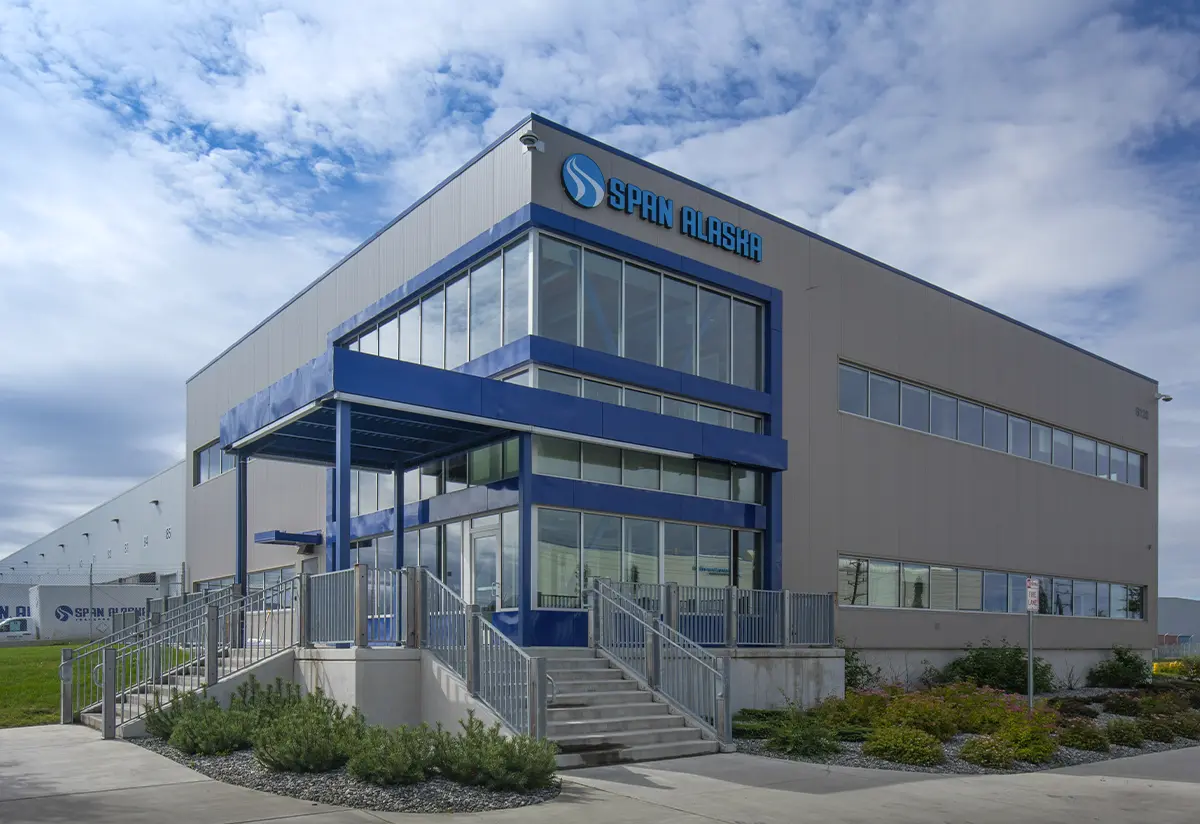

Our non-stop services and 1st-day delivery schedule expedite your products directly from the Lower 48 to one of our six service centers or air cargo terminal for final-mile delivery—without rehandling and costly delays.
- Twice weekly ocean transit—all year in all conditions
- LTL, FTL, Chill/Freeze, and Keep From Freezing protection options
- Specialized equipment for project, oversized, and hazardous materials shipments
- Customized solutions for commercial and industrial sectors, including construction, oil and gas, consumer goods, and retail/tourism

hen most people think of Westinghouse Electric Company, they imagine nuclear energy. That makes sense given that Westinghouse built the world’s first commercial pressurized water reactor in Shippingport, Pennsylvania in 1957. Now, about half of the nuclear reactors operating around the globe employ Westinghouse technology.
However, the company’s legacy of innovation extends back 130 years to when its founder, George Westinghouse, commercialized the alternating current. Today, as the world seeks solutions to evolving environmental challenges, Westinghouse is staunchly committed to developing clean, reliable, safe, economical energy sources.

he Alaska aviation system is the largest of its kind in North America. The Federal Aviation Administration counts 82 percent of communities and recognized landing areas that are inaccessible by road; that’s 251 communities exclusively accessed by air, according to the Alaska Department of Transportation and Public Facilities (DOT&PF). Regional air carriers serve an important function in the state.
The State of Alaska owns and operates 237 airports. In addition to the transcontinental hubs at Ted Stevens Anchorage International Airport and Fairbanks International Airport, 235 rural airports fall under the federal definition set forth in the Taxpayer Relief Act of 1997. The Internal Revenue Service defines a rural airport as one with fewer than 100,000 commercial passengers, more than 75 miles from one with more than 100,000 commercial passengers, not connected by paved roads to another airport, and receiving federal Essential Air Service subsidies.




Experience unparalleled towing support where safety and reliability converge, keeping your operations smooth and secure.
PHONE: (907) 248-0179
EMAIL: info@cookinlettug.com
tudents returning to classes in the Anchorage School District (ASD) are witnessing massive changes this fall. Start times are changing, opening elementary schools at 8 a.m. while high schoolers sleep an extra hour and arrive at 8:45. Middle schools run from 9:30 a.m. to 4 p.m., and this year all 6th graders are attending alongside 7th and 8th.
While families adjust to this shakeup in their routines, a third change holds promise for the business community. To enhance the quality and quantity of job applicants, ASD is rolling out Academies of Anchorage (AoA), a model for career readiness.
s a result of the Alaska Native Claims Settlement Act (ANCSA) of 1971, the richest opportunities for Alaska Native corporations have typically come in the form of government contracting, construction, resource development, and other land-based industries. And those opportunities have been rich: regional and village corporations—such as Bering Straits Native Corporation (BSNC), Bristol Bay Native Corporation (BBNC), and Afognak Native Corporation—cumulatively account for almost 17 percent of Alaska’s annual gross domestic product, according to the ANCSA Regional Association’s 2017 Economic Report.
While major revenues have flowed from land-based opportunities both in Alaska and the Lower 48, some ANCSA corporations have invested in brands that everyday customers might recognize. With retail businesses like Alaska Industrial Hardware (AIH) and Brown Jug liquor, parent companies BSNC and Afognak have diversified their investments while also creating stronger ties to their communities.


ext year marks a significant milestone for Alaska Business magazine as we celebrate our 40th anniversary. For four decades, we have been dedicated to providing in-depth coverage of Alaska’s business landscape and serving and supporting the Alaska business community From highlighting our major industries to featuring “Off-the-Cuff” interviews with business leaders, our mission has always been to inform, engage, and inspire.
ecent updates in the financial services sector address the important issue of inclusion. These adjustments aim to reduce discrimination, promote racial equity, and enhance access to banking services.
Financial inclusion broadly refers to individuals and businesses having access to useful and affordable financial products and services in a responsible and sustainable way. Also called inclusive finance, financial inclusion may focus on geographic regions, consumers of a specific gender, individuals of specific age, or other marginalized groups. It involves removing obstacles that prevent people from participating in the financial sector and improving their economic well-being. This often involves transparent and consumer-friendly offerings to reach unbanked and underbanked individuals, who typically face higher fees and limited savings opportunities.

CSG’s attorneys, which have 150-plus years of combined legal experience, are adept at a wide range of specialties. This enables them to navigate the complexities of commercial transactions, corporate law, employment and environmental regulations, estate planning, family law, intellectual property rights, personal injury cases, real estate, tax law, trusts, wills, and probate matters. Whether serving individuals in the Bush or Fortune 500 companies in the Lower 48, CSG provides high-quality, tailored services to help clients protect their interests.

ggravated assault is one of the most common types of crime committed in Alaska. About 4,000 times each year, someone with a deadly weapon is harming someone else, somewhere in the Great Land. That’s an assault roughly every two hours, every day of the year.
According to U.S. News & World Report, Alaska is one of the most dangerous states in the country, with the highest combined violent crime and property crime rates of any state. Alaska’s overall crime rate was 32.14 per 1,000 people in 2022; its rate of violent crimes was 758.9 per 100,000 while the US rate is 380.7, according to the Federal Bureau of Investigation’s crime data explorer.
Anchorage, AK 99507
www.materialflow.com

elcome to the second annual Alaska Business Legal Elite! This list features Alaska’s most talented lawyers, as nominated by their peers.
Earlier this year, we invited licensed Alaskan lawyers to nominate fellow professionals whom they think excel in providing legal services. Once the online survey was complete, a third-party data collection specialist verified that the nominated individuals have a current law license. The final list of Legal Elite represents the most notable practicing lawyers in the state, selected by those who are intimately knowledgeable about what it takes to excel in the field.
Lawyers named among the Legal Elite occupy a range of roles, from working at government agencies or traditional law firms to corporate counsel or “hang a shingle” small practices. This list is not a directory of attorneys for hire; many would be happy to provide legal services to any client, but some already have briefcases full with other business. What this list represents is the cream of the legal industry crop in Alaska.

for All
Alaska Legal Services Corporation
n criminal cases, the accused has the right to an attorney and, if the accused cannot afford an attorney, one is appointed by the court. In civil matters, though, there is no right to representation. As a result, most low-income Americans are unable to get the legal help they need for civil justice issues such as debt, divorce, domestic violence, housing, landlord disputes, public benefits, and more.
To meet this need, some attorneys offer services free of charge or at a discount. Billable hours and expansion of the practice typically rank among a law firm’s top priorities, yet some firms provide additional services for their communities through pro bono work. Derived from the Latin phrase “pro bono publico,” which means for the good of the public, pro bono work refers to legal services rendered by a professional for free or at a reduced fee. And where professionals are unavailable, Alaska is pioneering other methods of closing the justice gap.
Trolley Wars
yrus Aldeman could hate me: twenty-five years ago, his family sought my help during a dispute with a business rival, and I sided against them. He has every right to be angry.
But he isn’t. “I’m just a happy-go-lucky person,” Aldeman says. “Everything leads up to what it needs to be.”
Alderman v. Iditarod Properties was a lawsuit (filed under an alternate spelling of the family name) involving the Fourth Avenue Theatre and the use of its name. Iditarod Properties, owned by supermarket heir Robert Gottstein, renovated the historic building into a meeting space in the ‘90s.
While Aldeman was barely in kindergarten, his parents ran trolley tours from the theater. Then their business arrangement with Gottstein dissolved. The “Trolley Wars,” as local media called the fracas, culminated with a trial in 1999.

Business
Legal Elite.

Alaska Native Law

Aviation Maritime and Transportation

Environmental Natural Resources

Environmental Natural Resources

Corporate Counsel

Litigation and Appellate Law
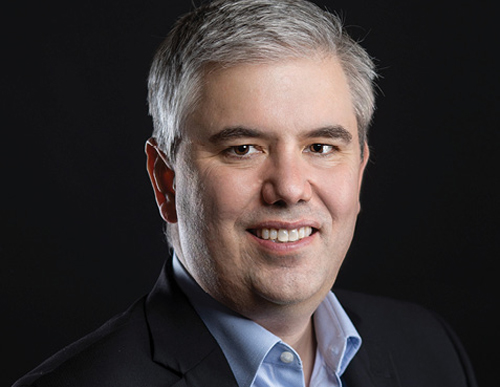
Alaska Native Law

Employment Law

Appellate Law
420 L Street, Suite 400
Anchorage, AK 99501
(907) 339-7125
420 L Street, Suite 400
Anchorage, AK 99501
(907) 339-7125
Attorney on Your Side
When and how businesses should obtain legal services
o operate a business as effectively as possible, finding a lawyer could be an integral part of a management plan. When is the right time to begin looking for a lawyer, and how does anyone go about it?
In the United States, as of January 1, 2023, the number of active attorneys totaled 1,331,290, according to the American Bar Association National Lawyer Population Survey. That’s approximately equal to the number of active-duty US military personnel.
The number of active lawyers counted by the survey inched up slightly by more than 4,000 from 2022. In the previous decade, the number of lawyers increased about 5 percent each year. Three places—Florida, the District of Columbia, and Ohio—represented the bulk of the increase.
wise counsel
Dorsey attorneys bring more than legal experience to the table. We offer clients results-oriented advice reflecting a deep understanding of their business.
Congratulations
2024 Alaska Business Legal Elite Lawyers

Bonnie Paskvan
Alaska Native Law

Business Law

Business Law




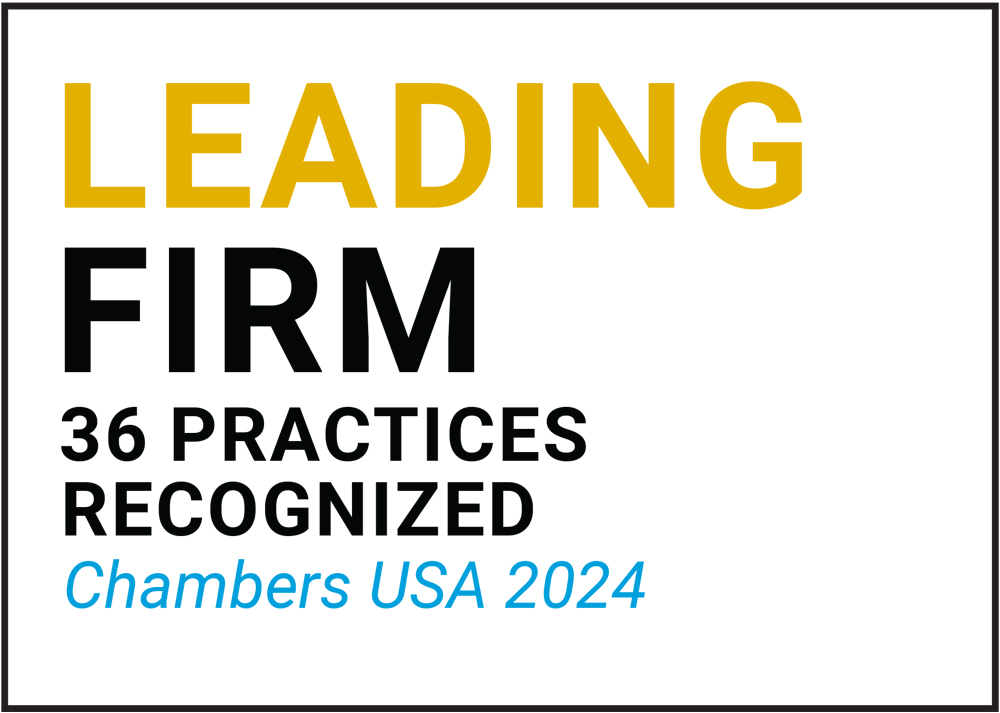

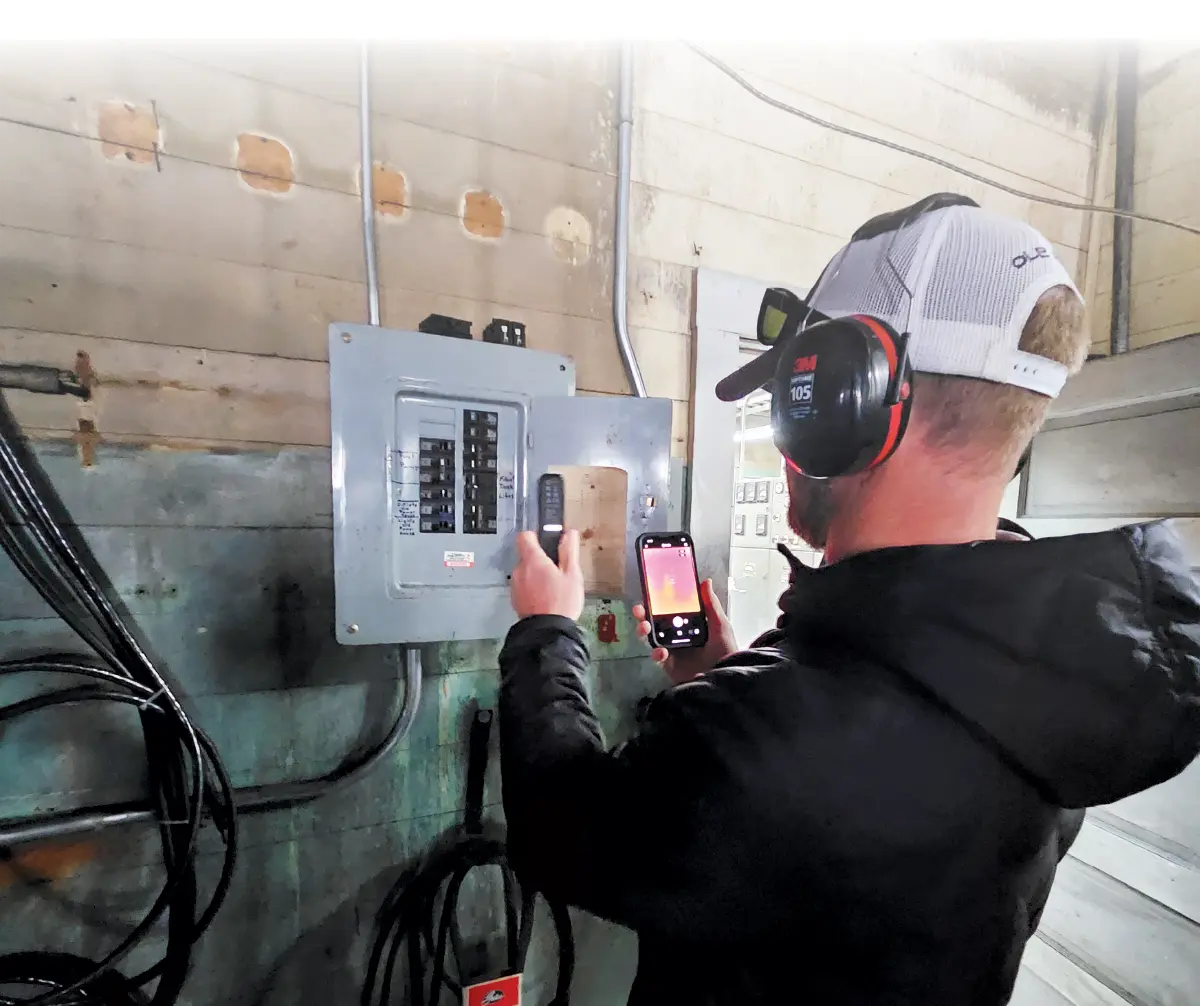
he loss control consultant from the insurance company wants to inspect our business this month. What should I expect?”
The short answer: nothing scary. Longer answer: a helpful survey into ways the insurance company and its client can both avoid paying for losses.
Commercial insurance carriers often rely on loss control consultants to provide information to underwriters to help assess the risks that the insured brings to the table. While some of these consultants work for the insurance company, there are also third-party companies who are contracted to complete risk assessments on behalf of the insurer.
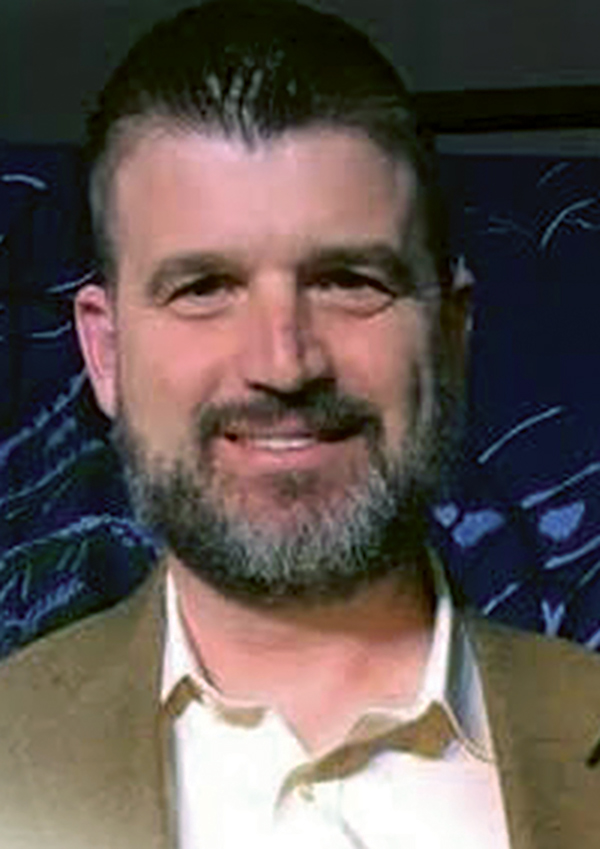
 The Alaska Native corporation for the village of Saxman, Cape Fox Corporation, hired Jason Brown as Senior Vice President of Construction Services. In that position, he leads the Cape Fox Corporation construction team and business lines for Cape Fox Federal Contracting Group. Brown most recently served as chief strategy officer for Bristol Bay Construction Holdings and as vice president of corporate development for Panhandle Power Solutions, both subsidiaries of Bristol Bay Native Corporation. Brown has an MBA in finance and marketing from the University of Tennessee, Knoxville.
The Alaska Native corporation for the village of Saxman, Cape Fox Corporation, hired Jason Brown as Senior Vice President of Construction Services. In that position, he leads the Cape Fox Corporation construction team and business lines for Cape Fox Federal Contracting Group. Brown most recently served as chief strategy officer for Bristol Bay Construction Holdings and as vice president of corporate development for Panhandle Power Solutions, both subsidiaries of Bristol Bay Native Corporation. Brown has an MBA in finance and marketing from the University of Tennessee, Knoxville.Alaska Trends
irplanes were barely a decade old when the technology arrived in Alaska’s sky. The first flight took place in 1913, when early adopters James and Lily Martin shipped a biplane via the Klondike and assembled it in Fairbanks as part of a demonstration tour.
About a decade after that, in the summer of 1924, Noel Wien completed the first airplane flight from Anchorage to Fairbanks. This month marks the centennial of Wien’s first Bush flight to miners in Livengood, and the same year saw Carl Ben Eielson deliver the first airmail in Alaska from Fairbanks to McGrath. Air travel evolved hand-in-hand with the development of Alaska as a US territory.
Today, aviation contributes about $3.8 billion to the state economy, according to the Alaska Division of Statewide Aviation. The number of licensed pilots, as a portion of the entire population, is six times the rate in the rest of the country, and Alaska has sixteen times as many aircraft per capita.
I just started a romance novel called Bride by Ali Hazelwood, and I’m in the middle of reading Endangered Eating by Sarah Lohman.
What charity or cause are you passionate about?
Food access and food justice… Gender rights and gender safety.
What’s the first thing you do when you get home after a long day at work?
I work in a Winnebago in my driveway, so it’s not a long commute. I probably think about dinner; I’m a food motivated person.
What vacation spot is on your bucket list?
I’ve been thinking about Japan lately.
If you could domesticate a wild animal, what animal would it be?
I might have to abstain [she laughs]. I feel like I want the wild animals to be wild.

I just started a romance novel called Bride by Ali Hazelwood, and I’m in the middle of reading Endangered Eating by Sarah Lohman.
What charity or cause are you passionate about?
Food access and food justice… Gender rights and gender safety.
What’s the first thing you do when you get home after a long day at work?
I work in a Winnebago in my driveway, so it’s not a long commute. I probably think about dinner; I’m a food motivated person.
What vacation spot is on your bucket list?
I’ve been thinking about Japan lately.
If you could domesticate a wild animal, what animal would it be?
I might have to abstain [she laughs]. I feel like I want the wild animals to be wild.
Off the Cuff
opper River salmon comes ashore in Cordova to be shared with diners around the world, so naturally that’s where Amy O’Neill Houck tells the story of the state’s food resources in the pages of Edible Alaska.
Houck has co-owned the quarterly magazine with co-editor and co-publisher Jeremy Pataky since 2019. “We have learned from our readers that they find print to be a more trustworthy medium. They enjoy the tactile experience,” she says.
Houck had written for Edible Alaska before taking the reins from founder Mary Smith. She has a master’s degree in creative nonfiction from UAA and has published three books of knitting and crocheting patterns; apart from words, wool is her chosen medium of expression.
- 3-Tier Alaska
- Airport Equipment Rentals
- Alaska Mergers & Acquisitions, LLC
- Alaska Railroad
- Alaska School Activities Association
- American Heart Association
- Anchorage Chrysler Dodge
- Anchorage Convention Centers
- Anchorage Sand & Gravel
- Arctic Slope Regional Corporation
- Bering Straits Native Corp
- Chenega Corporation
- CIRI
- Conrad-Houston Insurance Agency
- Construction Machinery Industrial
- Cook Inlet Tug & Barge Inc
- Craig Taylor Equipment
- Crowley Fuels
- Denali Commercial
- DILLON FINDLEY & SIMONIAN, P.C.
- Dorsey & Whitney LLP
- Doyon Utilities
- ENSTAR Natural Gas Co
- First National Bank Alaska
- GCI
- GCI
- Global Credit Union
- Grant Aviation
- JAG Alaska
- Koniag Inc
- Lynden
- Manley Brautigam Bankston P.C
- Material Flow & Conveyor Systems, Inc.
- NANA North
- Nenana Heating Services, Inc
- Nortech Environmental & Engineering
- Northern Air Cargo
- Outlook Law
- Oxford Assaying & Refining Inc
- Parker, Smith & Feek
- Peak Trust Company
- Samson Tug & Barge
- Santos
- Schwabe, Williamson & Wyatt, P.C.
- Sheet Metal Inc
- Span Alaska Transportation LLC
- Structured Communication Systems
- T. Rowe Price
- TOTE Maritime Alaska LLC
- United Way of Anchorage
- Westinghouse Electric Company LLC
- Wrightway Auto Carriers, Inc.

The 450 P dozer is host to many improvements made to simplify maintenance and improve uptime, building upon the durability that customers have come to appreciate with their John Deere Dozers. Among others, a significant change is eliminating the need for diesel exhaust fluid (DEF). John Deere simplified the aftertreatment system by removing the DEF tank and related components, eliminating the need to add an additional fluid to the machine!
907.522.6466
907.456.2000
907.895.9898
907.474.2000
907.335.5466
907.659.2000
The 450 P dozer is host to many improvements made to simplify maintenance and improve uptime, building upon the durability that customers have come to appreciate with their John Deere Dozers. Among others, a significant change is eliminating the need for diesel exhaust fluid (DEF). John Deere simplified the aftertreatment system by removing the DEF tank and related components, eliminating the need to add an additional fluid to the machine!

Anchorage
907.522.6466
The Rental Zone
907.474.2000
Fairbanks
907.456.2000
Kenai
907.335.5466
Delta Junction
907.895.9898
Prudhoe Bay
907.659.2000











